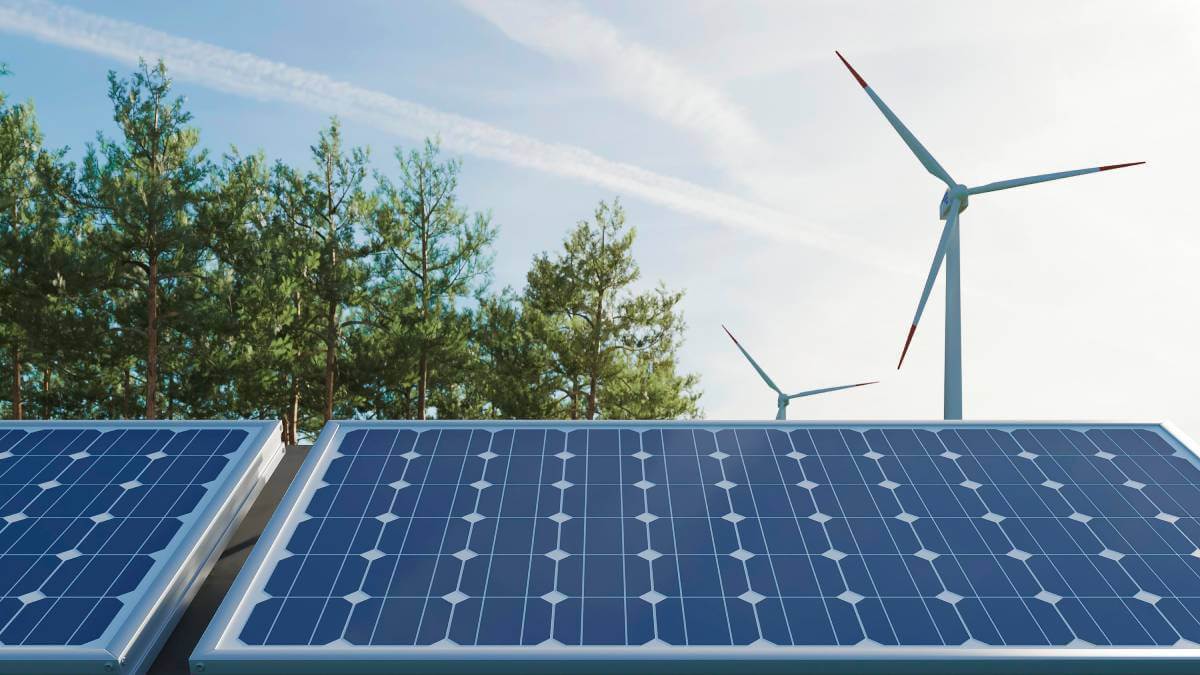African and worldwide data center operators are relying more on renewable energy sources due to electricity shortages. Rob Saunders, CTO of Raxio Group, affirmed that the footprint of the African data center industry will go from 127MW to 267MW by 2027.
He said that in order to meet the rising demand for electricity, there are a great number of facilities that are either in the process of being developed or will soon be designed.
These facilities will provide more ecologically friendly solutions and sustainable technology.
The total installed power capacity across the continent is 232 gigatonnes, according to the International Renewable Energy Agency (IRENA), with renewable energy such as hydro, wind, and solar accounting for 22% of total installed capacity.
According to Saunders’ explanation, “this growing trend of using sustainable energy can clearly be seen in the case of Ethiopia, which already receives 98% of its total power from renewables.” This is a clear example of the “clearly visible” case of “this growing trend of using sustainable energy.”
Read also: Africa Data Centre Joins Force With IXPN Nigeria
Data Center technology demands
Over the last few years, the pan-African company that builds and runs data centers has made a lot of progress toward expanding its presence all over Africa.
Raxio wants to keep building digital infrastructure in more African countries. In the next 12 to 18 months, it will have data centers up and running in Uganda, Ethiopia, the Democratic Republic of the Congo (DRC), Côte d’Ivoire, and Mozambique.
Saunders noted that it is essential that we achieve this growth as sustainably as possible, and that investing in environmentally friendly initiatives plays a big part in achieving the sustainability objectives established for Raxio and our customers.
Raxio has seen a rising demand for more environmentally friendly data centers all around the world. These data centers are becoming more and more prevalent in business, particularly in Africa.
He went on to say that “environmentally friendly data centers support the Sustainable Development Goals of the United Nations by being more energy efficient and releasing a lot less CO2 and other greenhouse gases into the air.”
African ambitions
Saunders says that putting sustainability and, more specifically, renewable energy into projects for data centers is even more important for those who run data centers in Africa, where temperatures are higher and more cooling power is needed.
We seek to achieve the maximum degree of uptime of this main source by picking sites that have redundant grid supply; preferably, two feeds from adjacent substations, he said. “The major source of power to all Raxio plants is renewable grid electricity.”
It was explained that “we have an initiative through which we are introducing different renewable energy sources, like solar, to our projects, initially in Côte d’Ivoire and in other markets in due course.” Additionally, “we enter into long-term Power Purchase Agreements (PPA) with renewable energy providers to guarantee the supply of renewable energy to our data centers as much as possible,” he added.
Saunders said that for Raxio to choose a location for a data center, the power source for the local substation must come from a renewable source.
“Once we have secured renewable energy, then the next step in the process is optimizing the design, selecting the latest technology and most energy efficient equipment to reduce the losses and overall facility power demand,” he explained.
He said energy-efficient equipment allows Raxio to operate its facilities at lower power usage effectiveness (PUE) and that in turn reduces total power consumption, which allows it to pass savings on to its customers.
Saunders said there are three current trends in technologies that reduce power consumption for the data center market.
“Energy-efficient equipment that can run well at part load; the use of AI to improve process efficiency and system optimization; and DCIM [data center infrastructure management] tools that can analyze power, cooling, and capacity planning to improve the performance of the facility.”
Data Center growth
Africa’s cloud computing and data center industries have been growing consistently in recent years, with global hyperscalers like Amazon Web Services (AWS) and Microsoft Azure already running major data centers on the continent.
Africa Data Centers also plans to build ten hyperscale data centers in ten countries over the next two years to meet the growing demand.




